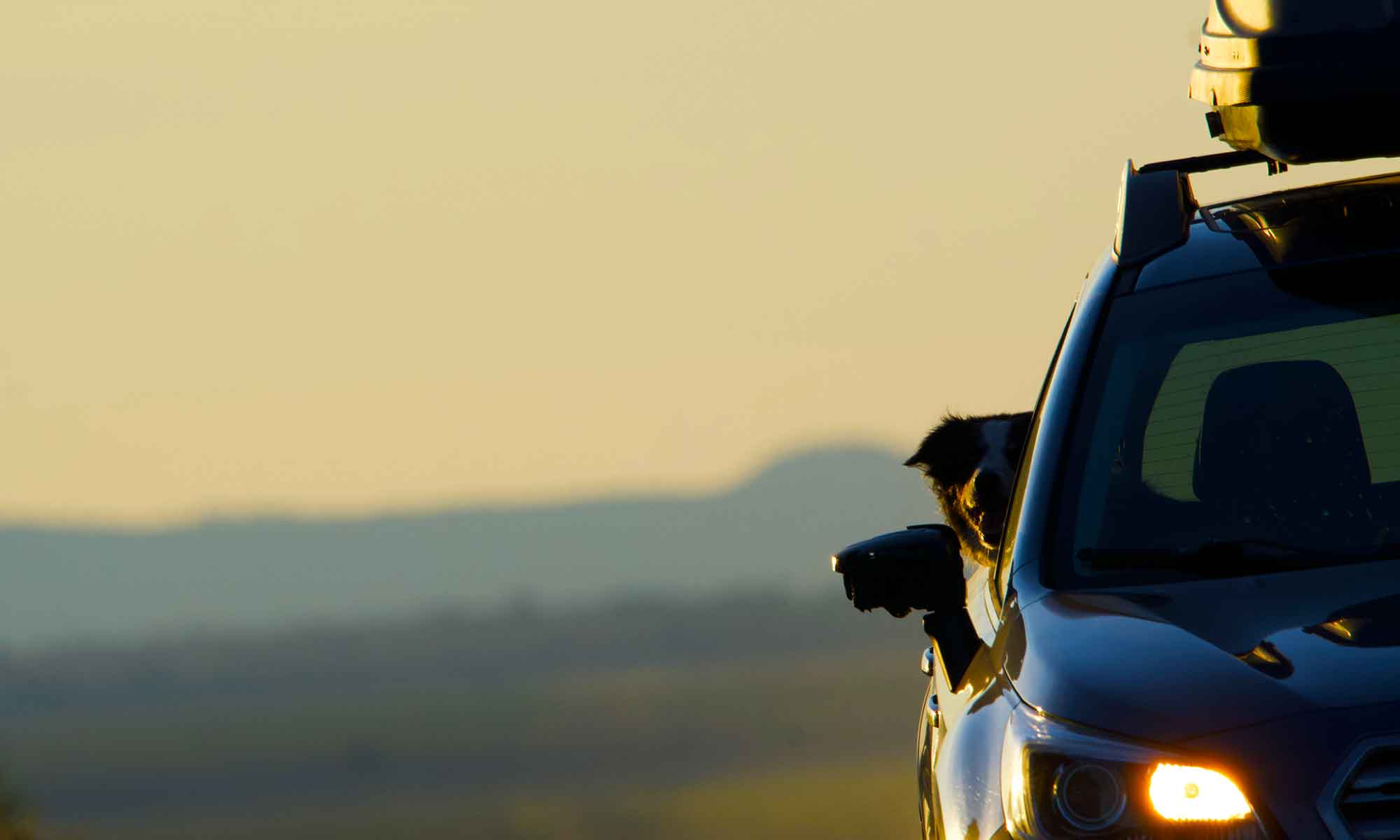
Over the course of a week we picnicked on three different rivers. It was a busy week . . . at last.
The week also contained Jack’s birthday. We won’t pretend celebrating was limited to a single day. With upcoming posts we’ll catch you up on the state of spring fishing in Oregon.

Getting older gets easier, but there remains a sensitivity to being reminded of the fact. On a recent internet scroll , I hit a meme that suggested a natural outcome of aging was . . . bird watching .
That stung a bit.

The thing is . . . we sort of do bird watch.
We make regular pilgrimages to Summer Lake’s Wildlife Refuge, known for its birding. We have identified most of the regular visitors to trees that surround our house. And, if a raptor should perch nearby, all activity ceases.
I guess that counts as bird watching and as birders we suggest everyone try it.
The Summer Lake spring birding trip also occurred this week. There was a crowd.
Well . . . in reality a ranger, a group of bird watchers and an older couple from Prineville. But that was 8 more than we saw on the winter visit.
A typical wildlife refuge greeting opens with, “you seen anything unusual”? This makes it easy for someone to assess your level of interest and birding acumen .
Our depth of knowledge was tested with the Snowy Plover gaffe of 2023 when we learned to always have a copy of Sibley’s bird book readily at hand.

There weren’t a lot of ‘new’ faces paddling around, just greater numbers. We’re not the counting kind of birders. There are no notebooks. There are however, lots of images, many shared in this blog.
On this trip a muskrat swimming along the dike actually got more attention than an Avocet, a Pelican rookery or Grebes diving.

It’s more of an interest in nature than birdwatching per se. The trick is to just slow down, which so happens is exactly what one does as they get older.





























 The road that runs through the center of the refuge follows a series of the canals used to move water between ponds. These were lined with thick fresh growth of dark green reeds and cattails. There was an abundance of dragonflies and frogs, but not many birds.
The road that runs through the center of the refuge follows a series of the canals used to move water between ponds. These were lined with thick fresh growth of dark green reeds and cattails. There was an abundance of dragonflies and frogs, but not many birds.



